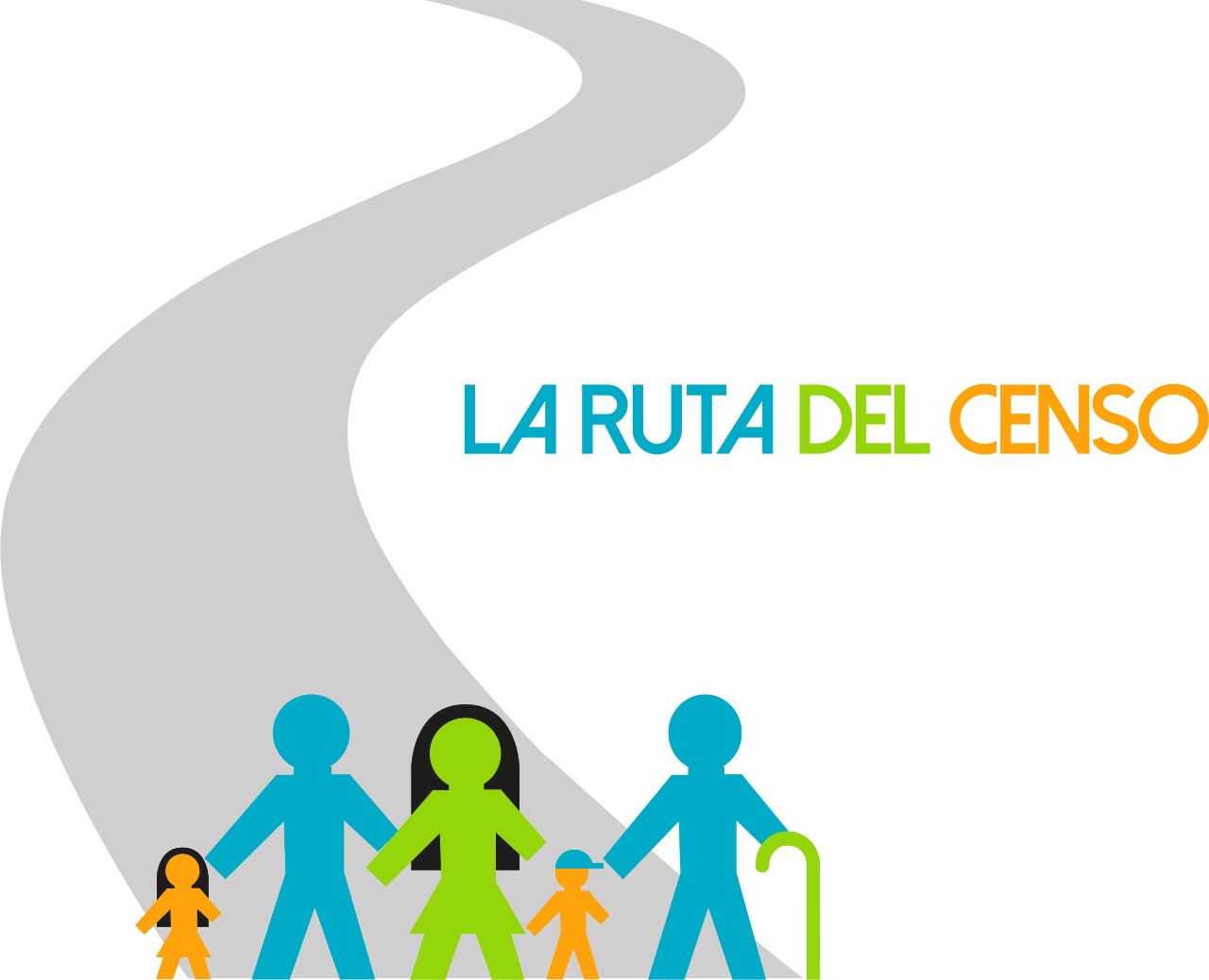By Lucio Muñoz
Independent Qualitative Comparative Researcher / Consultant, Vancouver, BC, Canada Email: munoz@interchange.ubc.ca

Abstract
In 1991 the red socialism world of the soviet bloc and China collapsed forcing an evolution in market structures in those countries, but expected new market structures from the theory point of view did not materialize after the fall, but unexpected ones did. The expected paradigm shift from the theory point of view was a shift from economic unfriendly red socialism to economy friendly red socialism or socially friendly capitalism to maintain social responsibility intact as Karl Marx wanted, which it is achieved by internalizing the economic cost and profit in the red socialism production price mechanism, closing this way the economic sustainability gap that was affecting red socialism. This expected shift did not happen. In practice after the 1991 fall of red socialism all former soviet bloc countries and China appear to have closed their economic sustainability gap, but left their social responsibilities behind when flipping towards traditional or pure capitalist markets. In other words, in practice former red socialism countries have flipped from an economy unfriendly, but socially friendly model to a socially unfriendly, but economy friendly model, a traditional market model. In other words, former red socialism countries have traded in practice social responsibility for economic responsibility. And this raises the question, what are the implications of trading social responsibility for economic responsibility? One of the main goals of this paper is to highlight those implications analytically and graphically.






